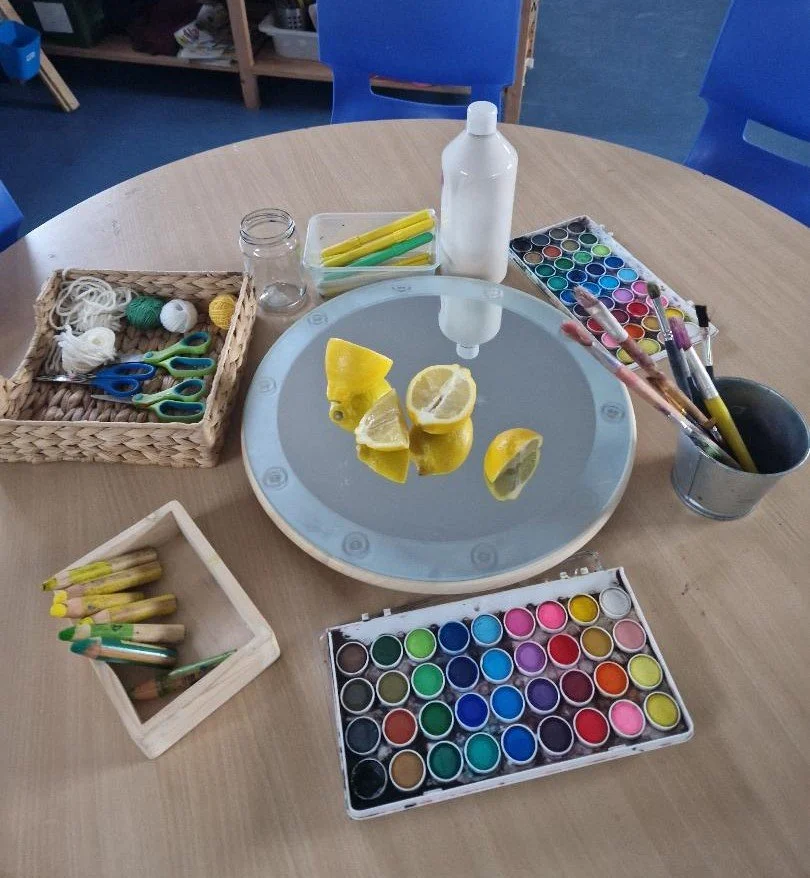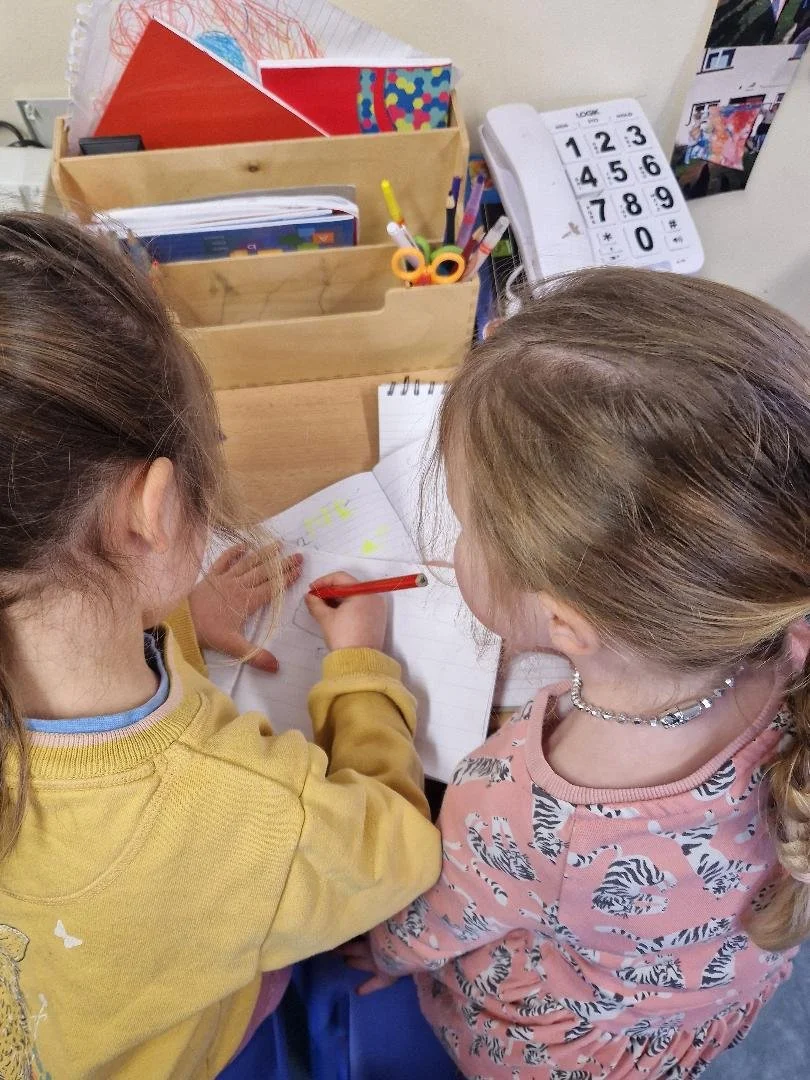Provocations - an invitation to engage
In early childhood education, provocations are carefully curated materials or setups designed to spark curiosity, wonder, and active exploration. Rather than instruct or direct, a provocation invites. It encourages children to look more closely, ask questions, and make connections. This approach shifts learning from passive reception to active discovery.
Provocations can be simple—an unusual object on a table, a photograph, a question written on a whiteboard, or a natural item like a pinecone or feather. What matters is that it’s open-ended, thought-provoking, and intentionally placed. It should invite multiple responses, not a single correct answer.
In practice, provocations honour children as thinkers and co-constructors of knowledge. They create space for children to express their ideas, experiment, and take learning in unexpected directions. For educators, provocations are a tool to observe children’s interests and extend their thinking.
Used well, provocations foster deep engagement. They don’t shout for attention—they whisper an invitation: What do you notice? What could this be? What might happen if…? And in accepting the invitation, children step into ownership of their learning.
Documenting my learning
When children are invited to document their learning, they take an active role in making sense of their experiences. Whether through drawings, photos, marks, or simple words, documentation helps children reflect, revisit, and recognise their progress.
Ultimately, when children document what they’ve learned, they build ownership, pride, and a deeper understanding of their capabilities. It turns learning into a living story—one they can see, tell, and build upon.
Working with Recycled materials - Junk Art
Our environments need to foster creativity through the manipulation of hands-on materials and objects. One way is to provide junk/ recycled materials such as cardboard tubes, milk cartons, yogurt tubs, bottle tops, cardboard boxes, egg cartons, corrugated card, etc.
Working with junk or recycled materials is challenging. The child needs to explore the available junk materials and consider their suitability for representing what they want to depict. Or they may want to explore their properties, and from their explorations, they can consider their uses. The child must consider how the chosen items can connect and fit, and what might work. The materials will not necessarily yield to the manipulations and wishes of the child presenting a further challenge. The child must consider ‘what if?’ and ‘how can?’, thus engaging in question posing and problem-solving. When a plan/ idea doesn’t work out, the child will reconsider their options using their new knowledge of working with these materials. These explorations can be supported, when necessary, by the adult.
Aistear (Journey) The National Curriculum Framework
STEM
Numeracy and Literacy
The Environment as the Third Teacher










